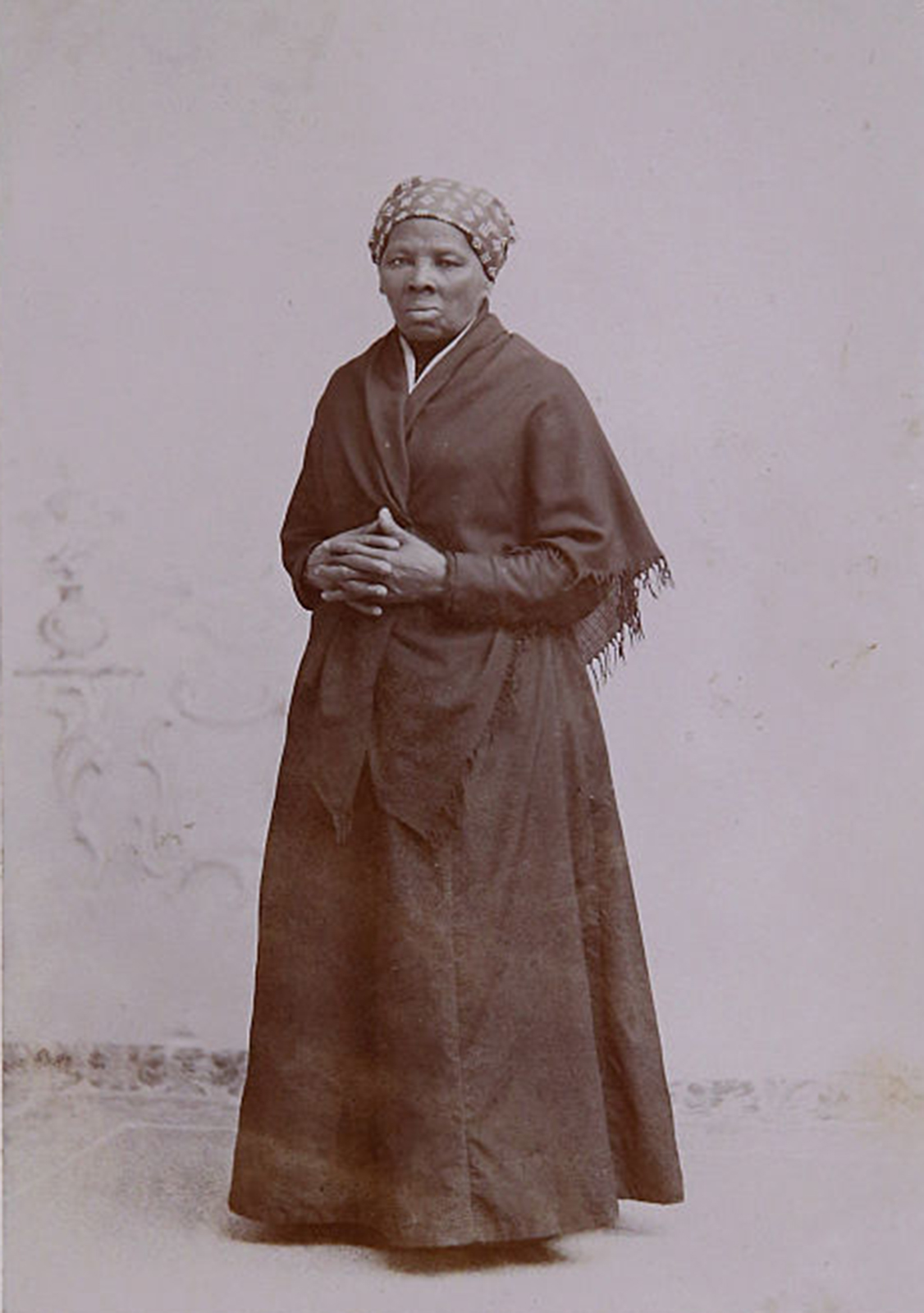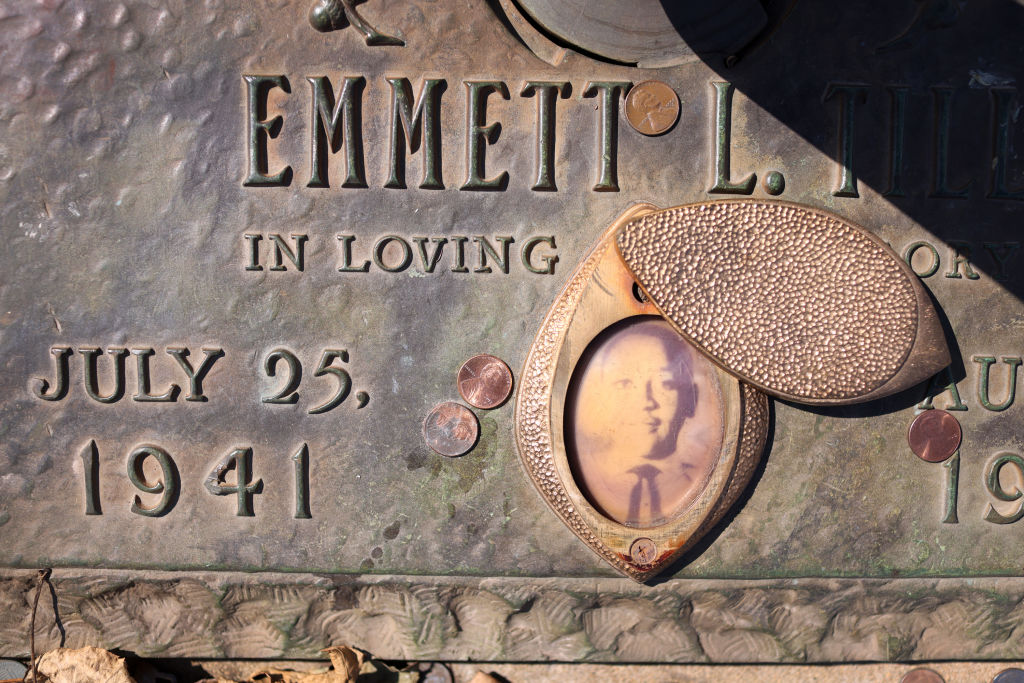Considering black peoples’ contributions to our History

February is Black History Month and the 2025 theme is “African Americans and Labor”
By Eileen Ogintz
Tribune Content Agency
Taking the Kids
What’s your definition of work?
Ask the kids and they might say homework or chores, maybe a part-time job for teens. Today’s kids, at least in the United States, aren’t toiling in a factory, working as servants, or laboring in the fields, thank goodness.
Is work supposed to be fun? Fulfilling? Not often enough. February is Black History Month and the 2025 theme is “African Americans and Labor.” This focuses on all of the profound ways that work of all kinds – free and enslaved, skilled and unskilled, vocational and voluntary – intersect with the experiences of Black people, from the forced agricultural labor of enslaved Africans to Black educators and health-care workers, housekeepers, musicians, athletes, inventors, physicians, scientists, those who fought in the military, those who fought for civil rights and those whose volunteer efforts made a big difference in local communities.

The theme is intended to highlight and celebrate the impact of this work across the country and beyond. There are many places – some famous, some you haven’t known about – that can help you explore this topic with your kids and grandkids, as well as get their take on work. Look for Black-owned restaurants and businesses (many city tourism websites and culinary blogs are highlighting them this month like in Washington, DC, Charlotte, NC and Richmond, VA).
You can download the digital toolkit Invisible Changemakers of Industry from the National Museum of African American History & Culture in Washington, DC. When you visit (don’t forget to get a free timed-entry pass) you can explore how African Americans have greatly impacted our culture from music to movies, food to sports, art and more.

Mount Vernon, the home of George Washington, and Monticello, the home of Thomas Jefferson, are both in Virginia and offer terrific insights into their lives, as well as what life was like for the enslaved people on their plantations. Washington’s estate was home to 317 enslaved men, women and children, who built and maintained his household and plantation, Monticello had more than 400. At Mount Vernon, view the reconstructed Greenhouse Slave Quarters, the blacksmith shop, the Wash House and Kitchen and the farm where enslaved people toiled. At Monticello, take the Slavery at Monticello tour or the From Slavery to Freedom tour. (There is also a Slavery at Monticello mobile guide that you can download, complete with an interactive map.
Look for opportunities to learn more wherever you travel this spring. For example, if you are going to Boston to visit colleges, take a deep dive into Boston’s vibrant 19th- century African American community by following the Black History Trail, support Black-owned businesses, take the African American Patriots Tour led by a costumed interpreter who will explain the vital role African Americans played at the start of the American Revolution in Boston.
In North Carolina, The N.C. Civil Rights Trail is a guide to the state’s role in the civil rights movement for equality. Durham is home to the newly opened Pauli Murray Center for History and Social Justice, located in the childhood home of the human rights activist, legal scholar and Episcopal priest. Charlotte is home to the Harvey B. Gantt Center for African American Arts + Culture. Named for the first Black student admitted to Clemson University and Charlotte’s first Black mayor and a big Black-owned dining scene. Greensboro highlights its role in the civil rights movement with the International Civil Rights Center & Museum. Located where the famous 1960 sit-in at the Woolworth’s lunch counter took place, this museum commemorates the moment that sparked a wave of protests across the nation. Stay at the Historic Magnolia House, a restored inn that was once a sanctuary for prominent figures when segregated hotels refused to accommodate even the most famous Blacks, including James Baldwin and Jackie Robinson.
Another place to take a deep dive into the history of the civil rights movement is Jackson, Mississippi. Check out 10 civil rights sites, including the Mississippi Civil Rights Museum where Hezekiah Watkins shares his story on how he became the youngest freedom rider in the movement, as well as the home and national monument where Medgar Evers was brutally assassinated.
Consider the work it took for enslaved people to escape – and the work of all those who aided them along the way. The National Park Service’s Journey to Freedom includes more than 750 sites – many of them outdoors across the country — with a tie to the Underground Railroad through which escaping enslaved people were able to find refuge in homes of volunteers as they made their way north. In Cincinnati, visit the National Underground Railroad Freedom Center. The ESCAPE! Freedom Seekers and the Underground Railroad exhibit uses storytelling, role-playing and hands-on activities to learn about those who resisted slavery; A new exhibit Emmitt Till & Mamie Till-Mobley tells the story of how a Black boy from Chicago was brutally murdered in 1955 for allegedly whistling at a white woman in Money, Mississippi. His mother’s insistence on an open casket so people could see the brutality he endured became a catalyst for the civil rights movement.

Chicago is home to the DuSable Black History Museum and Education Center, the nation’s first independent Black history museum and the Bronzeville Children’s Museum, the first and only African American children’s museum in the country. At the DuSable, “The Many Colors of Us,” is a hands-on exhibit that helps kids learn and celebrate racial and ethnic diversity through play. At the Children’s Museum, named for the Bronzeville neighborhood where African Americans settled in Chicago after coming from the South, kids can learn about the African American inventors who changed our lives and some of Chicago’s most famous African Americans. (The Obama Presidential Center is scheduled to open next year in Chicago.)
Happy learning!
(For more Taking the Kids, visit www.takingthekids.com and also follow TakingTheKids on Twitter, Facebook and Instagram where Eileen Ogintz welcomes your questions and comments. The fourth edition of The Kid’s Guide to New York City and the third edition of The Kid’s Guide to Washington D.C. are the latest in a series of 14 books for kid travelers published by Eileen.)
©2025 Eileen Ogintz. Distributed by Tribune Content Agency, LLC.
